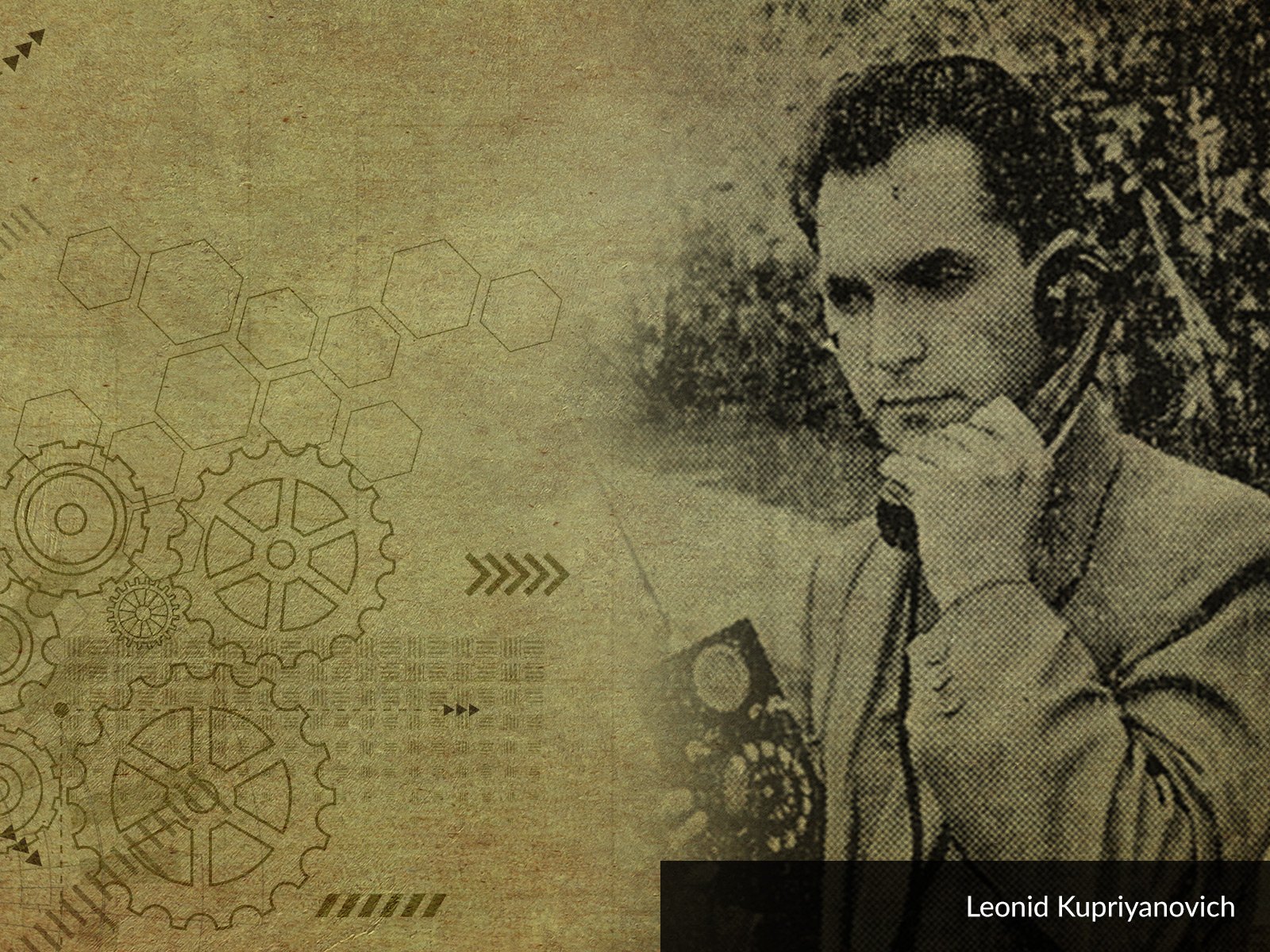
Jay Wright Forrester was born on 14 July 1918, on a ranch in Nebraska. Interest in technology and electricity may seem unusual for a child growing up on a farm with no access to power grid, but it may be the reason why Forrester’s parents were very keen on supporting the soon-to-be MIT professor. In high school, Forrester constructed a wind turbine out of old car parts, which brought the light of electric bulbs to his family home.
He started college at the University of Nebraska, where he became interested in servos, and after receiving his diploma he continued studies at MIT. This was during the World War II (we have already published texts about the lives of several inventors and scientists in this period before, for instance Dov Frohman or Heda Lamarr). The United States Navy came to the MIT scientists with a request. They wanted the researchers to create a computer that could operate a flight simulator which could react to the pilots’ actions in real time. Today, this might seem like a no-brainer, but mind you, we are talking about times when electron tubes were state-of-the-art devices, and Walter Brattain and his team hadn’t come to work on transistors yet. While working on the project, Forrester realised that the existing solutions would not be enough to develop this machine – analogue computers were, simply, not able to meet the requirements of the project. This observation and the intensive work of over 170 people gave way to the creation of an improved magnetic-core memory, which shortened the reaction time and increased the efficiency of the device. This very invention became the foundation of the modern RAM. Ultimately, the Whirlwind I computer was created in 1951, after the end of the war. However, the project was not wasted, as it was used to create AN/FSQ-7 computers and the SAGE system – the first computer network in history. The system was launched in 1958 and became one of the foundations of the United States defence system during the Cold War. It allowed for communication in real time between radar stations and plane crews.
It is worth noting here that Forrester worked not only with electronics. He spent a lot of his academic time on researching processes and interrelations in industrial systems. In 1956, he described the phenomenon occurring in logistics and production process, now called the bullwhip or Forrester effect, which describes the impact of fluctuations in demand on the efficiency of the supply chain. We have seen how right Forrester was over the last few years during the Covid-19 pandemic, when the spontaneous behaviours of consumers wreaked havoc in the distribution of not only medical equipment, but also toilet paper or pasta.
He went even further with his interest in these systems and models by creating a whole methodology of research for analysis of complex and dynamic systems – it is still used and supports the automation of industry. Interestingly, this very methodology was employed in the creation of the popular computer game – SimCity.
An average user associates RAM with modules installed in personal computers. In fact, these elements are the only PCBs with proper integrated circuits, which make it easier to replace the working memory. Because of the pursuit of miniaturisation, laptops or single-board computers, for example Raspberry Pi, have RAM installed permanently, directly on the motherboard. However, this is not the end of Jay Forrester’s presence in modern technology. Most importantly, majority of microprocessors and microcontrollers, installed in practically every device, contain their own memory chip – they also play the role of buffers digital audio-video interfaces (like, for example, HDMI). Today, we can even find elements of random-access memory in programmed LED strips. Additionally, the technology itself has its own subgroups, like DRAM (dynamic random-access memory), and its faster static cousin (SRAM), or even the temporary variant FRAM (ferroelectric memory).
It is hard to list all versions and applications of electronic circuits based on the research of Jay Forrester. In fact, it is not possible to mention every scholar that has contributed to, or is still working on, developing the technology based on random-access memory. If any of the young readers would like to join that group, it still is not too late. The revolutionary technology to the development of which the American pioneer contributed, remains an open project and is still driving the development of humanity.





